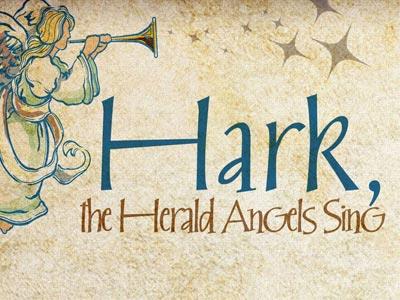-
Do Not Weep - Jesus Overcomes The Weeping Of This World
Contributed by Christopher Nerreau on Nov 28, 2017 (message contributor)
Summary: Sermon Preview: St. Luke portrays the successive healing stories of the Centurion and now the Widow to demonstrate His authority over the suffering and the Weeping of this world. In our sermon time today we will better understand how to overcome our we
“DO NOT WEEP”
“finding hope in our suffering”
Luke 7:11-17
Fr. Christopher M. Nerreau
Illustration: Yesterday I went to the hospital to bless Mark and Tara’s new baby girl. While I was there walking around in the halls I heard several babies crying. God spoke to me in that moment and I realized the first thing a baby does when it is born is weep.
What does this tell us about the world in which we live? While it is true that over time we learn to accept that suffering, tragedy and pain that make up a good portion of this life, there always something inside of us that say’s – “This is not the way things ought to be.”
Orientation: In our Gospel today Jesus meets up with a weeping woman and in His compassion says to her - “Do not weep.”
Proposition: Christ’s words to this widow should serve as a reminder to us that even in the face of incredible pain and suffering, Christ has overcome the weeping of this life.
Interrogative sentence: Today do you find yourself weeping?
Sermon Preview: St. Luke portrays the successive healing stories of the Centurion and now the Widow to demonstrate His authority over the suffering and the Weeping of this world.
In our sermon time today we will better understand how to overcome our weeping as we observe:
1. The Collision of the Crowds – Luke 7.11-12
2. The Compassion of the Christ – Luke 7.13-15
3. The Commotion of the Convinced - Luke 7.16-17
Transitional Sentence: Let’s begin by looking at...
I. THE COLLISION OF THE CROWDS – (v. 11-12)
Observation: Christ overcomes our weeping in the collision of the crowds:
• V. 11 - One Crowd Following Christ (Into “Nain”- Lit.“Pleasant, lovely”)
o Jesus traveled with His disciples.
o Jesus traveled with a large crowd.
• V.12 – Another Crowd Following The Coffin (Out of “Nain”)
o A Dead Man Was Carried
o A Distraught Widow Was Crying (v.13 “do not weep”)
o A Devoted Crowd Was Comforting
Interpretation: The scriptures share the crowds with us so that we can connect their message of hope and despair:
• The crowd that was following Jesus was filled with hope through the miracles they had seen. In hope were heading toward Nain.
• The crowd that followed the coffin was WEEPING and filled with hopelessness at the death of a friend. They were heading away from Nain (the pleasant city).
• Christ and His crowd are the epitome of hope in a world filled with death.
• The Widow and her crowd are the epitome of death in a world filled with hope (in Christ).
Illustration: I can remember as a young boy riding my bike and colliding with a parked car. I was looking backward to see where my friends were and never saw it coming. In a very similar way, this crowd of mourners was hit with HOPE. They never saw it coming; they were leaving the city called “Pleasant” assuming that this life was one of continual mourning without hope and ran into the hope of Jesus Christ and His followers.
Application: This is a story of hope, it is a story that promises those who walk with Jesus that He overcomes the weeping of this life.
• To overcome the weeping of this world we must hear Christ as He say’s – “Do not weep.”
• Then walk with Jesus, walk with Him and away from the crowd of mourners, walk toward the city called “pleasant”.
Transitional Sentence: Secondly, we overcome weeping as we see…
II. THE COMPASSION OF CHRIST (v. 13-15)
Observation: Christ overcomes our weeping through His compassion…
• V. 13,15 – Christ Had Compassion On The Distraught Widow
o Christ saw the widow Weeping
o Christ heard the widow Weeping
o Christ restored the Weeping widow
• V.14 – Christ Had Compassion On The Devoted Crowd
o Christ Touched The Coffin (Gk. Hapto – fasten to, bring to stop)
o Christ Talked To The Dead Man (For all to hear)
Interpretation: Christ is concerned about the suffering of His people. Christ see’s the weeping world, Christ hears the weeping world and Christ seeks to restore the weeping world.
• The Widow of this story represents those who carry the burden of weeping.
• The Crowd carrying the coffin represents those also affected and weeping.
• In the story of the Centurion the servant is healed privately. In our story today the Son is healed publically. Christ invites all the mourners into His hope.
Illustration: I can remember being a pallbearer in the funeral of a friend of mine. He had committed suicide shortly before graduating high school. While I was in the car with some of the other pallbearers (friends of mine) I tried to lighten the load of the experience by cracking a few jokes. Some of them were offended and I was embarrassed. I learned that day that humor was not the cure for weeping, compassion is.

 Sermon Central
Sermon Central



